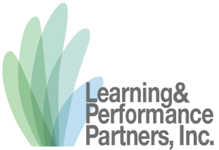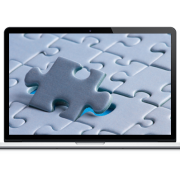One of the great things about what I do is the opportunity to travel and experience other cultures.
I have been traveling to Africa since 2009. I still remember the first time I stepped off the plane in Khartoum, Sudan. It was going to be one great adventure. And it was…
Definitely not corporate…
I was shown to my “hotel”- a container fitted out with the necessities to look like a living quarters. I was lucky, I had one with a toilet (“ablution”) connected to it. Despite this convenience, it was different.
When I took my first UN flight, I suddenly missed the porters I always took for granted in airports. I had to pull and sometimes carry my 20 kg luggage around; starting from loading it on and off the bus, queuing up at the pared down but functional terminals, to heaving the luggage onto raised platforms for weighing. This was one of the biggest motivations to lift some weights after I got back home.
Security Briefing…
I was welcomed and briefed. There were rules to abide by: curfews to follow, and places to steer clear of. A “go bag” of not more than 15 kg needed to be ready in case of emergency. The next time I went, I made sure I had everything for my 2.5 weeks’ stay in a 15 kg suitcase. This was a lesson in prioritization.
Chow time and bathroom breaks…
The camps/bases had cafeterias but these were not connected to the training room. During the breaks, I had to walk for at least 5 minutes (at times, more than 10 minutes, depending on the mission location) under the hot sun to get my sustenance. I skipped lunch the first few times, but learned my lesson as time went by. I started bringing crackers or something similar for a light lunch, just to keep me going in the afternoon. Then I could squeeze in a quick nap while waiting for the class to get back.
Now, as for the toilets: It also involved quite a trek to relieve myself. In some instances, there were rains, too, which added to the challenge. I remember asking myself “do I really, absolutely, have to go?” This required proper timing so that I could go when I really needed to, but not so desperately that I would have an “accident” due to the distance. And before you leave the toilet, you have to ask yourself whether you are absolutely done to save on an unnecessary trek back.
Point of View…
When eating in restaurants in the places I have been in Africa, the waiters would notice when I consistently did not finish my food. They asked with concern whether I did not like the way the dishes had been prepared. I politely told them that I found the quantity overwhelming. They would be shocked and relate to me that they would typically get complaints that the food is not enough, so they found it rather amusing for me to say the opposite.
While we are on this subject, I was ordering fried tilapia (a specialty of Entebbe, Uganda) and wanted to check how big it was. The response: “not big. It is just small, just enough for 1 person.” Holy smokes, when the fish was served, it almost filled the entire plate.
Attitude towards Time…
I was the only customer in a restaurant, but it took almost 30 minutes to get my order ready. The thing was, the wait staff did not even seem perturbed about the delay. I was slightly annoyed until I understood better within the next few hours.
I booked a taxi and promised the driver that I would be quick; 25 minutes tops since I was only going to pick something up. Due to problems encountered, I was only able to make it back after almost 1.5 hours. There was no annoyance on the cab driver’s face. He simply said he was sorry I encountered problems. And no, he didn’t ask for additional payment but out of guilt, I gave him more.
Africa is too diverse…
Following one approach for the entire Africa wouldn’t work. Just like here in Asia, while we are collectively called one continent, within our ranks are so many nuances that make each country uniqueness. I have only been to 6 countries in Africa. There is so much more to learn.










